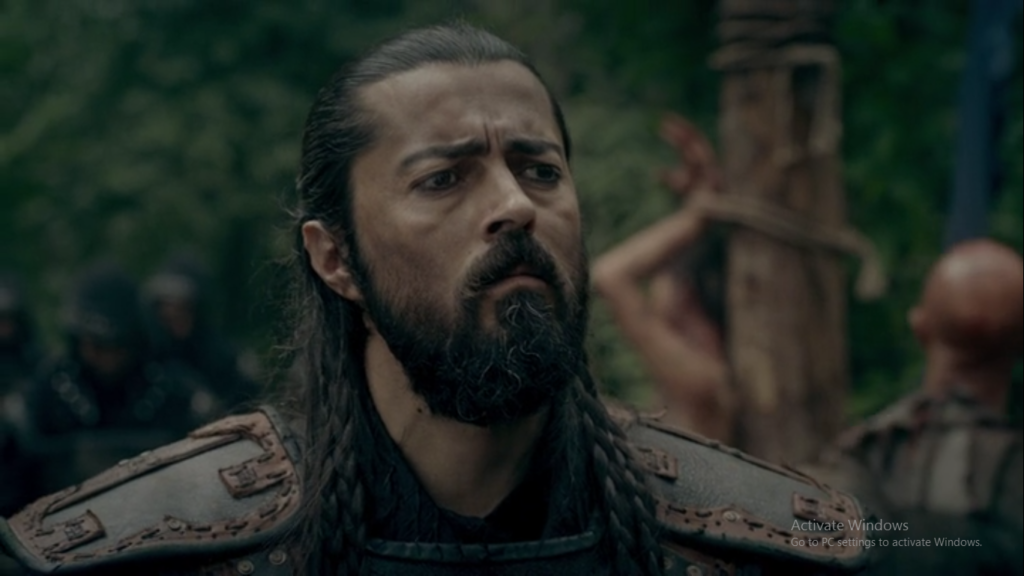13 Principles of Management by Henry Fayol, with examples
Hey there, Genius Minds! Imagine you’re the captain of a pirate ship, and your crew is getting ready for a big treasure hunt. Just like you need a plan to find that treasure, organizations need principles to guide them on their journey to success. Let’s dive into the magical world of “Principles of Management” with some super easy examples that even your favorite cartoon characters could relate to!

Table of Content
1. Division of Labor: Teamwork Makes the Dream Work
Think about putting together a jigsaw puzzle with your friends. Each friend works on a specific part of the puzzle, making it come together faster. This is like the principle of division of labor. In organizations, people have different jobs to do: some plan, some build, and some sell. When everyone focuses on their special task, the work gets done quicker and better.
2. Authority and Responsibility: The Superhero Team Captain
Imagine being the captain of a superhero team. You can decide the team’s mission, but you’re also responsible for making sure everyone works well together. In organizations, the boss has the power to make decisions, but they also have the responsibility to make sure everything runs smoothly.

3. Unity of Command: The Puppet Show Conductor
Think about putting on a puppet show with your friends. If each puppet has its own director, chaos will erupt. But if one person directs all the puppets, the show becomes a masterpiece. In organizations, everyone takes orders from one boss to avoid confusion, just like the puppet show conductor.

4. Unity of Direction: The Soccer Team's Winning Goal
Imagine playing soccer with your friends. Each person might have a different role, but everyone’s ultimate goal is to score and win the game. This is what unity of direction is about: making sure everyone works together to achieve the same big goal.

5. Subordination of Individual Interest to Common Interest: The Team-Building Adventure
Picture a treasure hunt with your friends. Even if one friend really wants to find the treasure first, they have to think about what’s best for the whole team. In organizations, everyone works towards the company’s success, even if they have personal goals.

6. Remuneration: Earning Your Sticker Stars
Remember when your teacher gave you stars for good behavior or excellent homework? It’s like getting a reward for doing a great job. In organizations, employees get paid and maybe even receive bonuses for their hard work—it’s like earning sticker stars for grown-ups!
7. Centralization and Decentralization: The Family Vacation Decision
Think about how your family is planning a vacation. If your parents decide everything, that’s like centralization. But if everyone in the family suggests ideas and decides together, that’s decentralization. In organizations, they figure out who makes the decisions—one person or a group—based on what works best.

8. Scalar Chain: Passing the Secret Message
Remember playing “Chinese Whisper” in school where we pass a secret message from one friend to another. The message stays clear if it goes in order. In organizations, messages follow a clear path from top to bottom, like when your teacher tells the principal, who tells the teacher, who tells you—it’s the scalar chain!

9. Order: The Toy Room Cleanup Mission
Think about cleaning up your toy room. If you put each type of toy in its own box, it becomes easier to find and play with them later. In organizations, order means arranging things neatly so everyone can find what they need and work efficiently.

10. Equity: Fair Play in the Playground
Imagine playing a game where everyone follows the same rules. That’s fair play! In organizations, treating everyone fairly is like making sure everyone gets a fair chance and is happy at work. I know, we don’t get to see that often while working in corporates, but you know what I mean.
11. Stability of Tenure of Personnel: The Playground Pals Club
Think about making friends at the playground. If your friends stick around for a long time, you can build a strong club. In organizations, if employees stay at their jobs for a while, it helps build a great team and a happy workplace.

12. Initiative: The Creative Castle Builders
Imagine building a sandcastle at the beach with your friends. Everyone has ideas, and when you take the lead and share your creative plans, you’re showing initiative. Taking the initiative in any organization means coming up with new and cool ideas to make the company better.

13. Esprit de Corps: The Superhero Squad High-Five
Picture a superhero squad—they work together, cheer for each other, and celebrate victories as a team. Esprit de corps is like having a super positive team spirit in organizations, where everyone helps each other and feels like part of a fantastic squad.

So, little adventurers, just like you need a treasure map to find the hidden gems, organizations need these management principles to sail smoothly through the sea of success. Whether you’re building sandcastles, playing soccer, or going on a treasure hunt, these principles help guide everyone towards a brighter and happier destination. Keep exploring, keep learning, and remember—you’re the captain of your own ship! Arrr, matey!
Always study with examples, remember stories and write the ideas in the examination!
Admin - Minds of Genius Tweet

Jupiter App: An amazing neo banking app for Indians
Jupiter App: Banking made Simple, Easy and Fun for Indians Click here to check it

Principles of Management
13 Principles of Management by Henry Fayol, with examples Hey there, Genius Minds! Imagine you’re

Noyan
N o y a n – The Legendary Mongolian Commander. Throughout history, there have been

Indian Financial System
Conceptual clarity on Indian Financial System: Beautifully explained in simple words with examples! Content. Let’s

Junaid Jamshed’s Legacy: An inspiration to youths. Music, Islam and Death.
Junaid Jamshed’s Legacy: An Inspiration to youths! Music, Islam and Death. A Symbol of Inspiration





